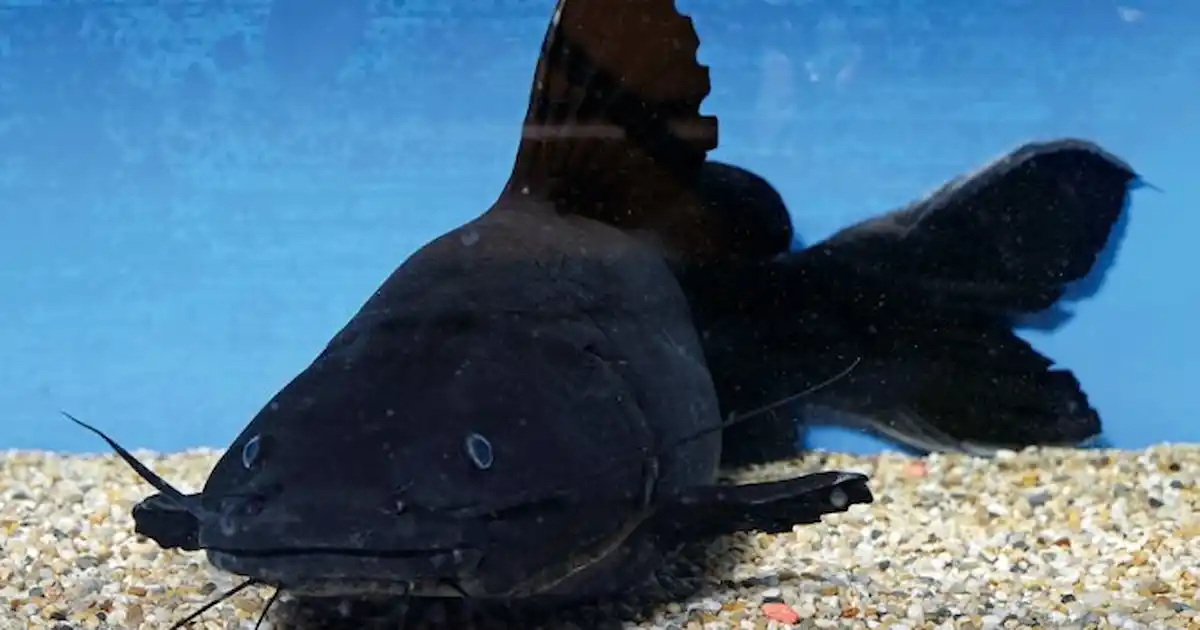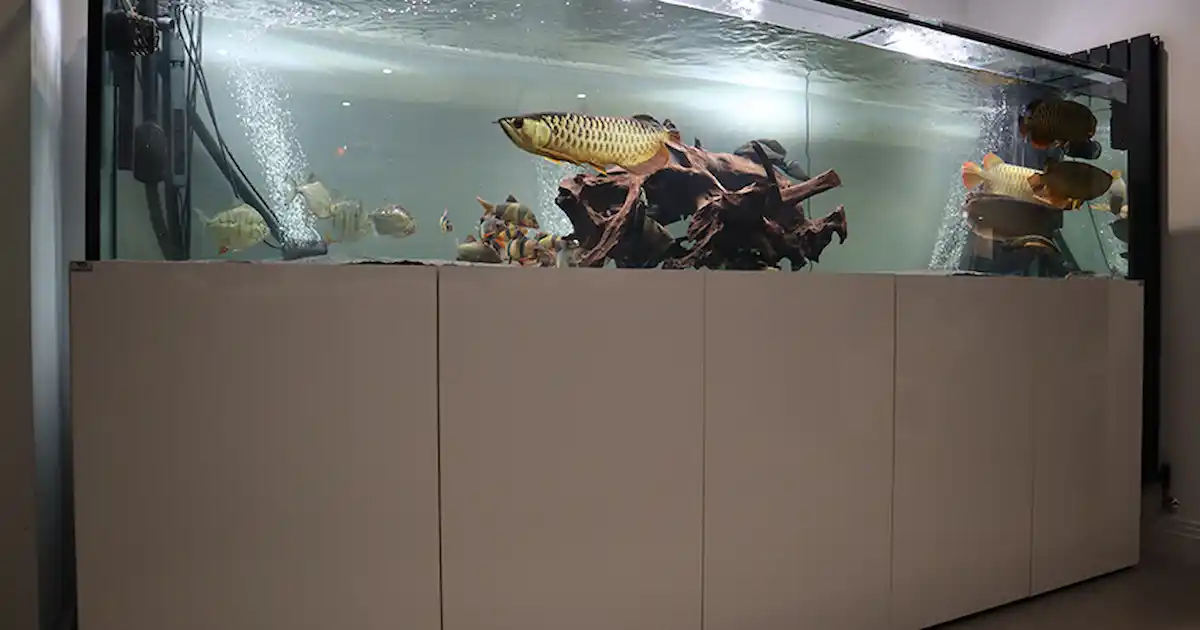Some catfish aren’t such cute kitties, as Daphne Layley explains…
Certain members of the family Bagridae, specifically the genus Hemibagrus (formerly Mystus) are seriously aggressive and will attack any foreign objects introduced into their aquarium.
I have kept several large specimens of Hemibagrus wyckii (Bleeker, 1858), the infamous Crystal-eyed catfish from Thailand. My largest was 70cm/28” and was housed in a massive tank with bricks on the cover glasses, to stop it jumping out.
Weekly tank maintenance required two people because it would attack sponges, scrapers, hoses and human hands. One of us had to try to keep the fish confined to one end of the aquarium, while the other one worked at the opposite end. Then we would change over.
Although Hemibagrus do not have sharp, cutting teeth like a piranha, they have bands of villiform teeth, like coarse sandpaper. However, the damage that can be inflicted on a finger, or whole hand, is as a result of the force of strike. These fish have crushing jaws and are fast, powerful swimmers.
They also have muscular bodies and large tails, which aid propulsion and allow for bursts of high speed.
H. wyckii goes out of its way to assault anything that’s not fixed down and doesn’t mess about. It will kill any other fish in its aquarium and has to kept in solitary confinement.
Filter pipes and tubing have to be securely stuck to the glass or will be ripped out — likewise heaters, which are best positioned behind a piece of glass stuck across a rear corner of the tank.
At the time when I had my largest H. wyckii, separate heaters, combined with outside thermostats, were the norm and I was using a brand of heater housed in a black plastic-covered aluminium casing.
One day, this fish wrenched the heater from its holder and, holding it across the middle in its mouth, crushed it almost flat. A human finger would have had no chance!
However, for the past two years, I have also owned a Hemibagrus variegatus, a recent discovery from the Tenasserim river in Myanmar.
Apparently, it was originally for sale in a local shop and taking up a large aquarium all by itself. Next to it was an aquarium housing a H. wyckii of the same size.
A junior member of staff, not knowing any better, thought it a good idea to amalgamate these two fish, thereby saving tank space. Immediately the H. variegatus attacked the H. wyckii, ripping it to shreds within minutes.
So could we have a new contender for the title of the world’s most aggressive catfish?
Why not take out a subscription to Practical Fishkeeping magazine? Check out our latest subscription offer.
Company Registered in England no. 2572212 | VAT registration No. GB 638 3492 15
Copyright © Warners Group Publications Plc
What's the most aggressive catfish species? – Practical Fishkeeping




